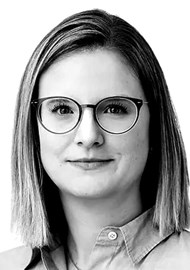There are seemingly hundreds of hearing test apps available, designed to be a screening tool for those interested in learning more about their hearing while doing so in the comfort of their home and without needing to wait for an appointment to see an audiologist.
Do these apps work? Do they accurately determine hearing loss? Can they be used to bring potential patients into my office? Can/should they be used by other healthcare professionals to determine the need for a referral to audiology? These are all questions that I sought out to answer in this article.
To determine the validity of some of these hearing test apps, I started by having my hearing tested in a sound booth, which revealed the resultsshown in Figure 1.
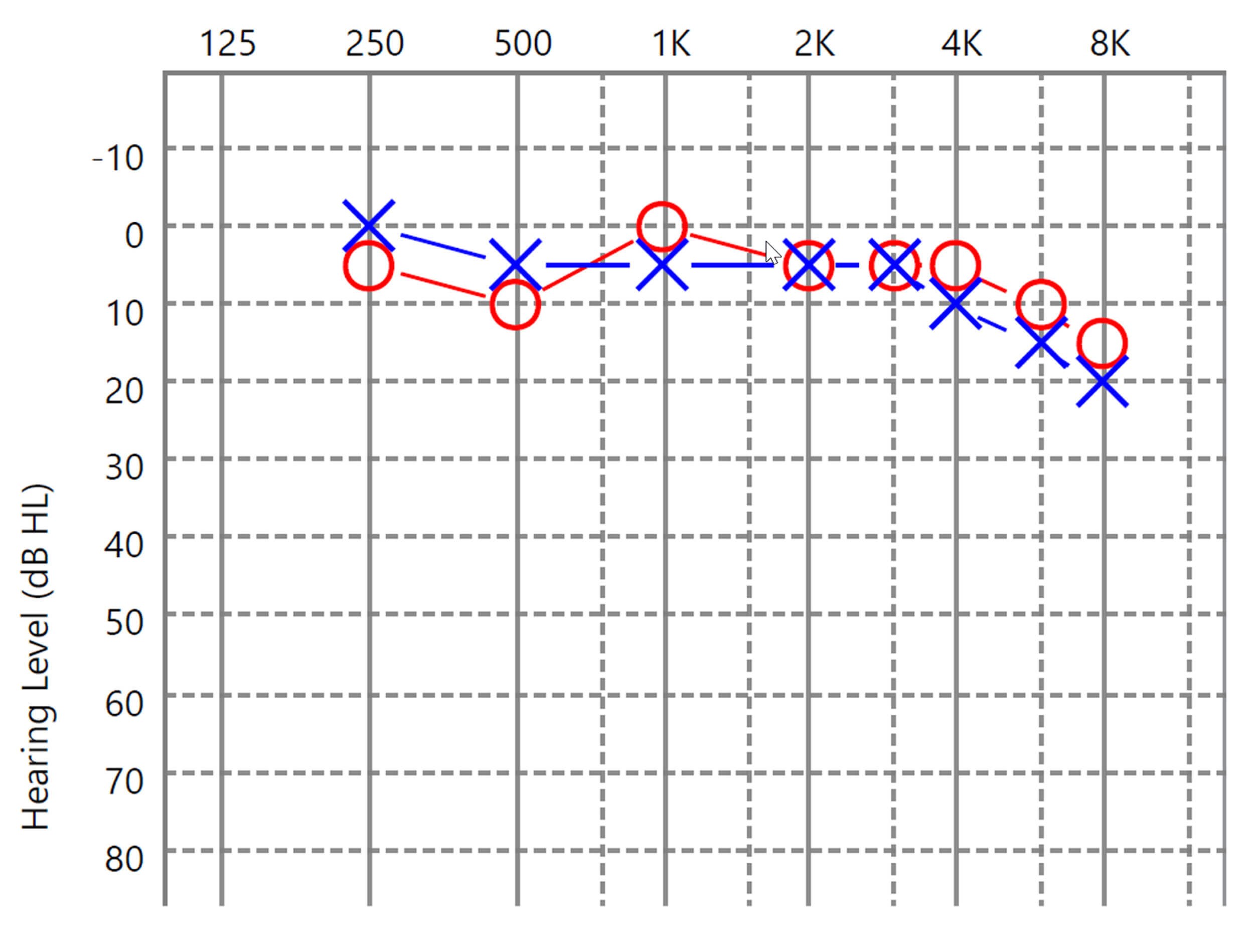
Figure 1.
I then tested my hearing with my in-ear noise cancelling headphones using the first six apps that were free on the Android platform via the Google Play Store app. Most of the apps assessed hearing by playing some type of noise/pure tone/warble tone that would get louder and louder until I pressed a button to indicate that I could hear it.
Here is a summary table of my findings:
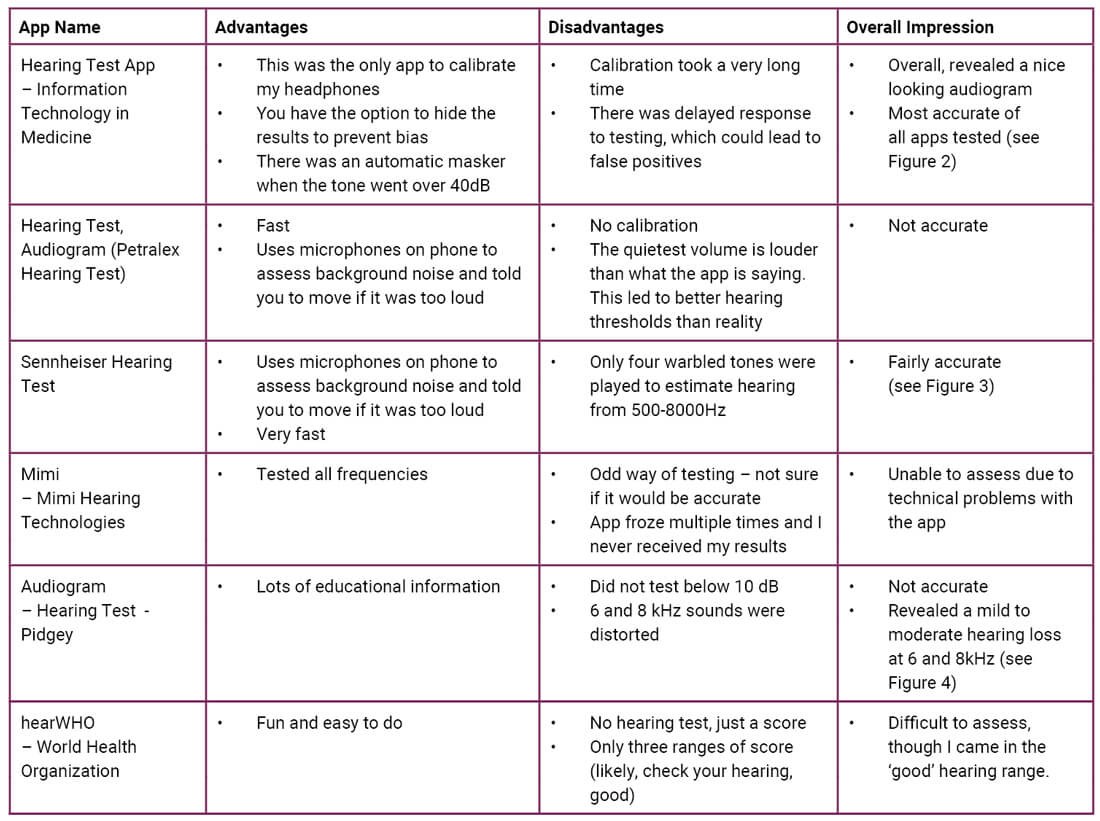
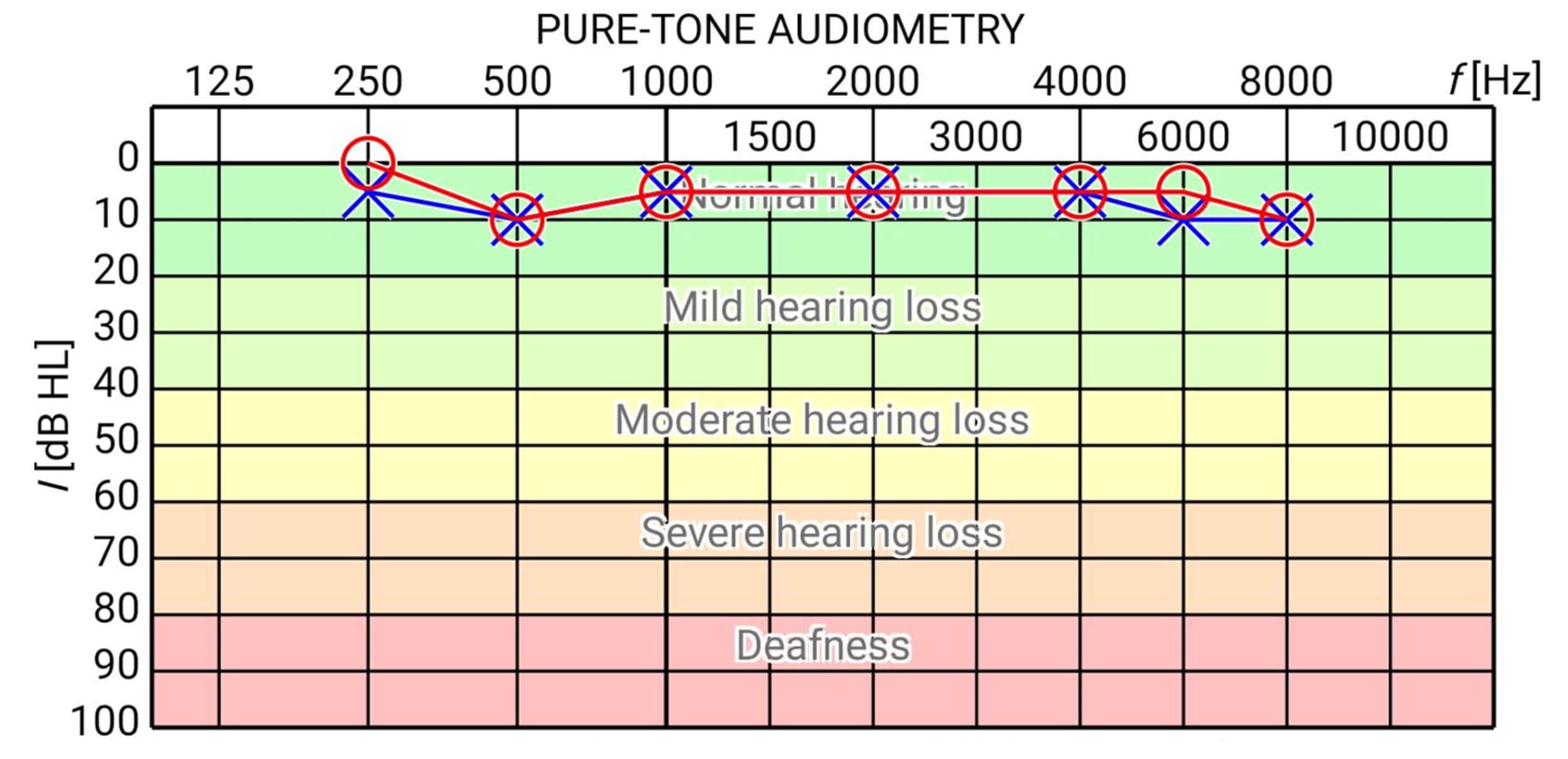
Figure 2. Audiogram generated by Hearing Test App by Information Technology in Medicine.
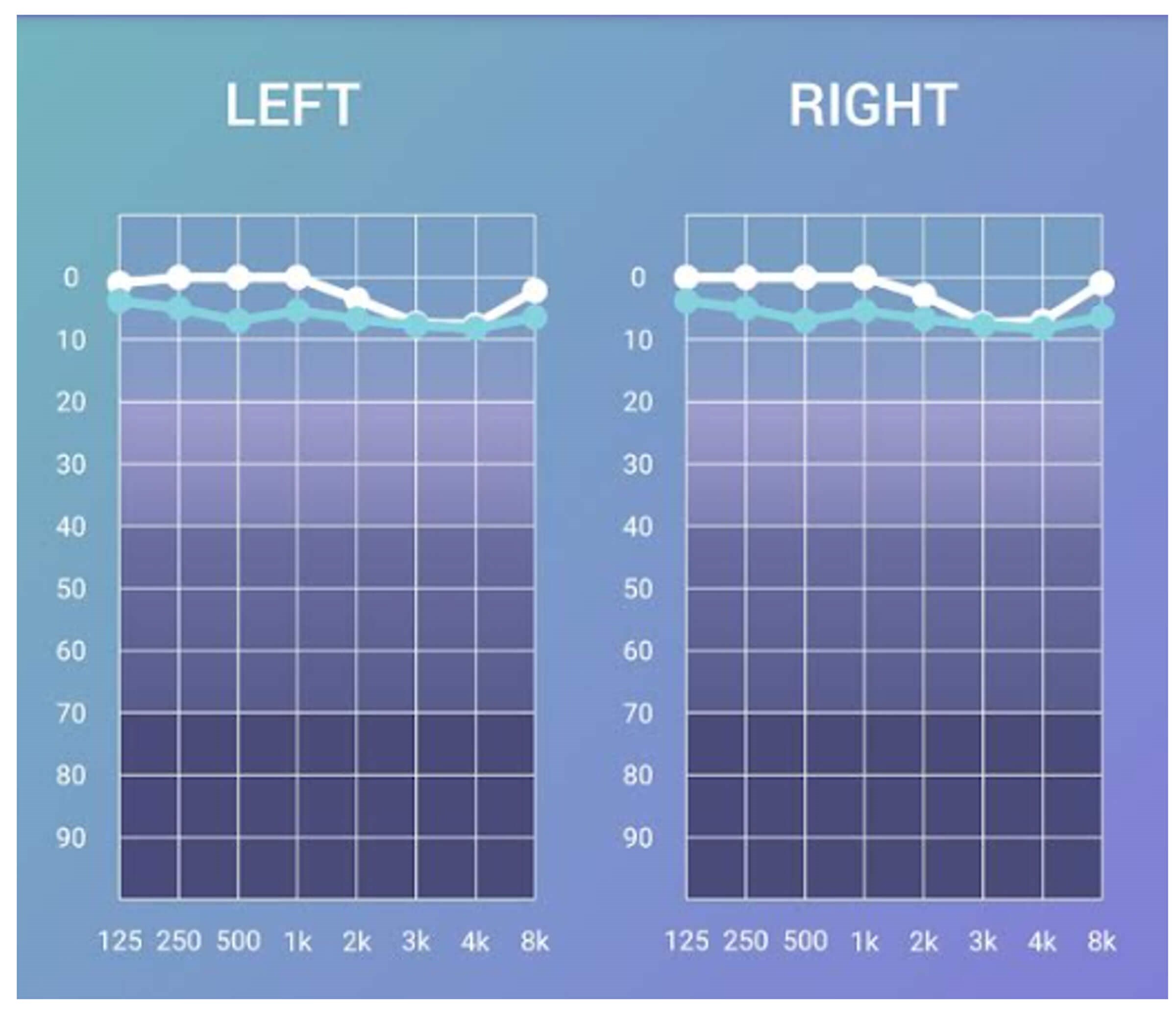
Figure 3. Audiogram generated by Sennheiser Hearing Test app.
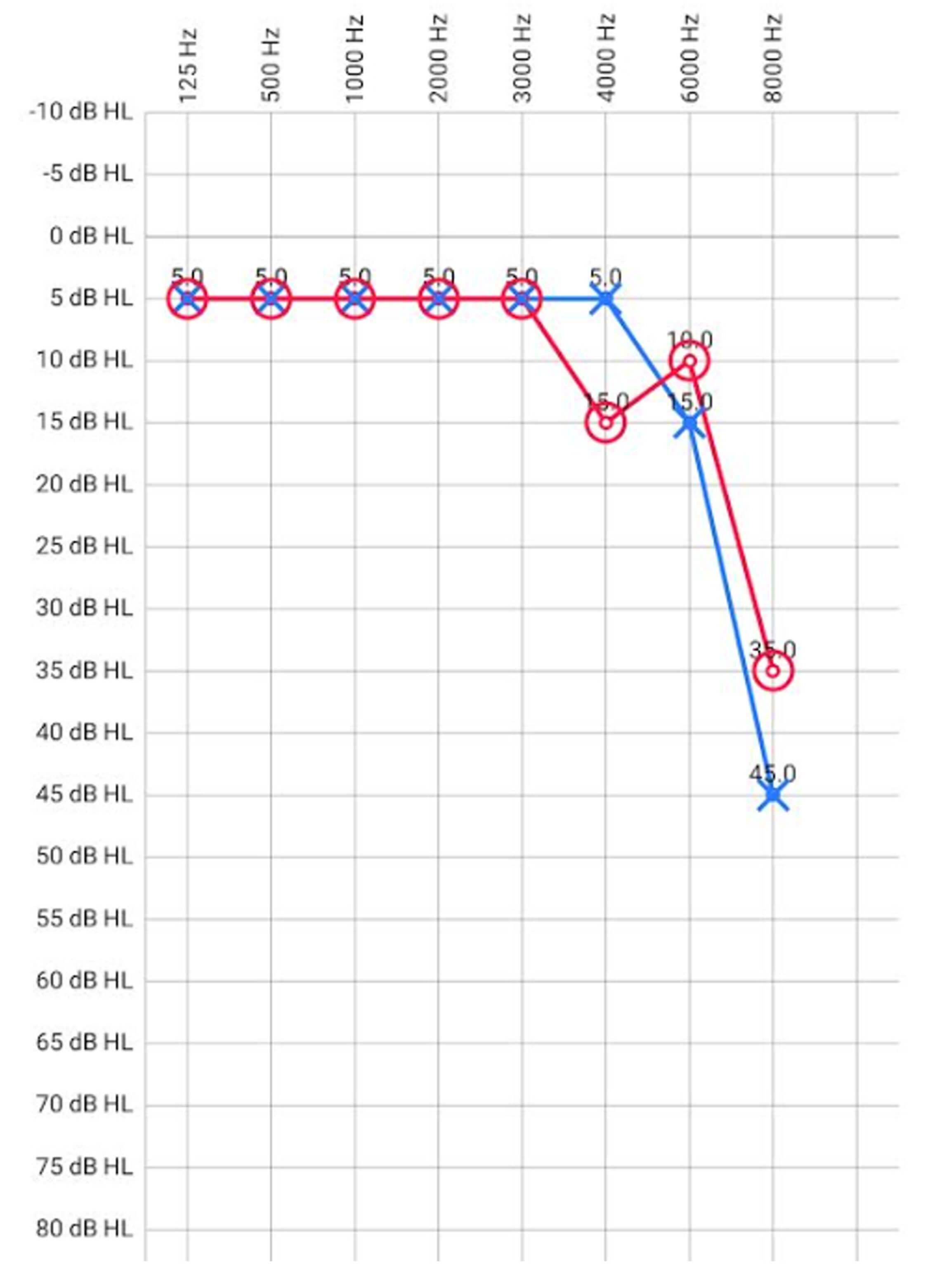
Figure 4. Audiogram generated by Audiogram – Hearing Test app by Pidgey.
I have to admit that I am surprised by how well some of these apps performed. However, I’m not confident that they would produce accurate results for those with hearing loss or whether they would alert a person to any red flags (i.e. asymmetry). Further, I was disappointed that none of the apps seemed to noticeably encourage users to reach out to an audiologist if hearing loss was detected (some apps had a very small printed disclaimer). In summary, I do believe that the best of these hearing test apps can be used as tools for healthcare providers to quickly assess patients’ hearing and triage as needed. However, I am not yet convinced that these apps should be used for the general public, mostly due to lack of information and encouragement from the apps to seek medical care if needed.


